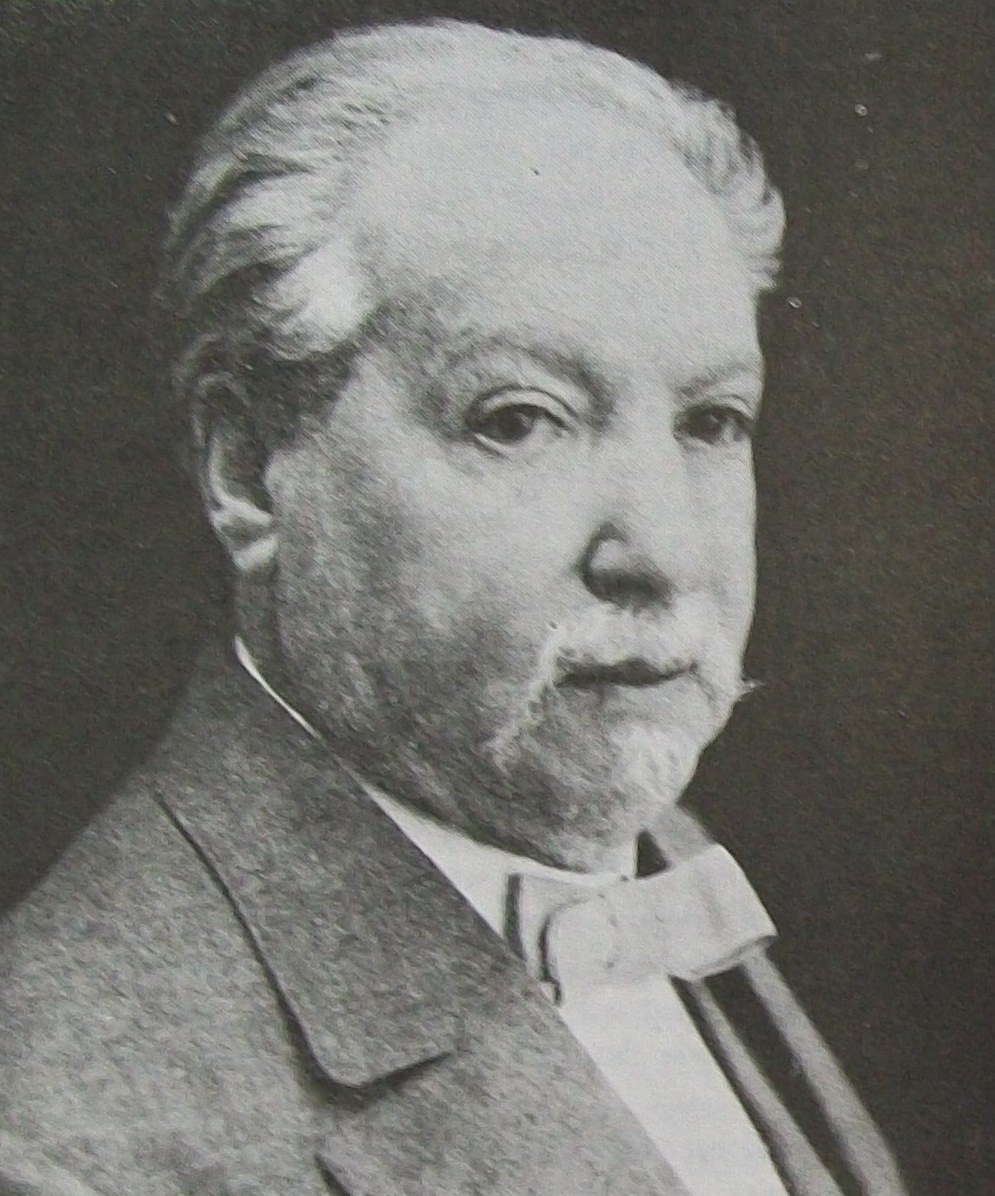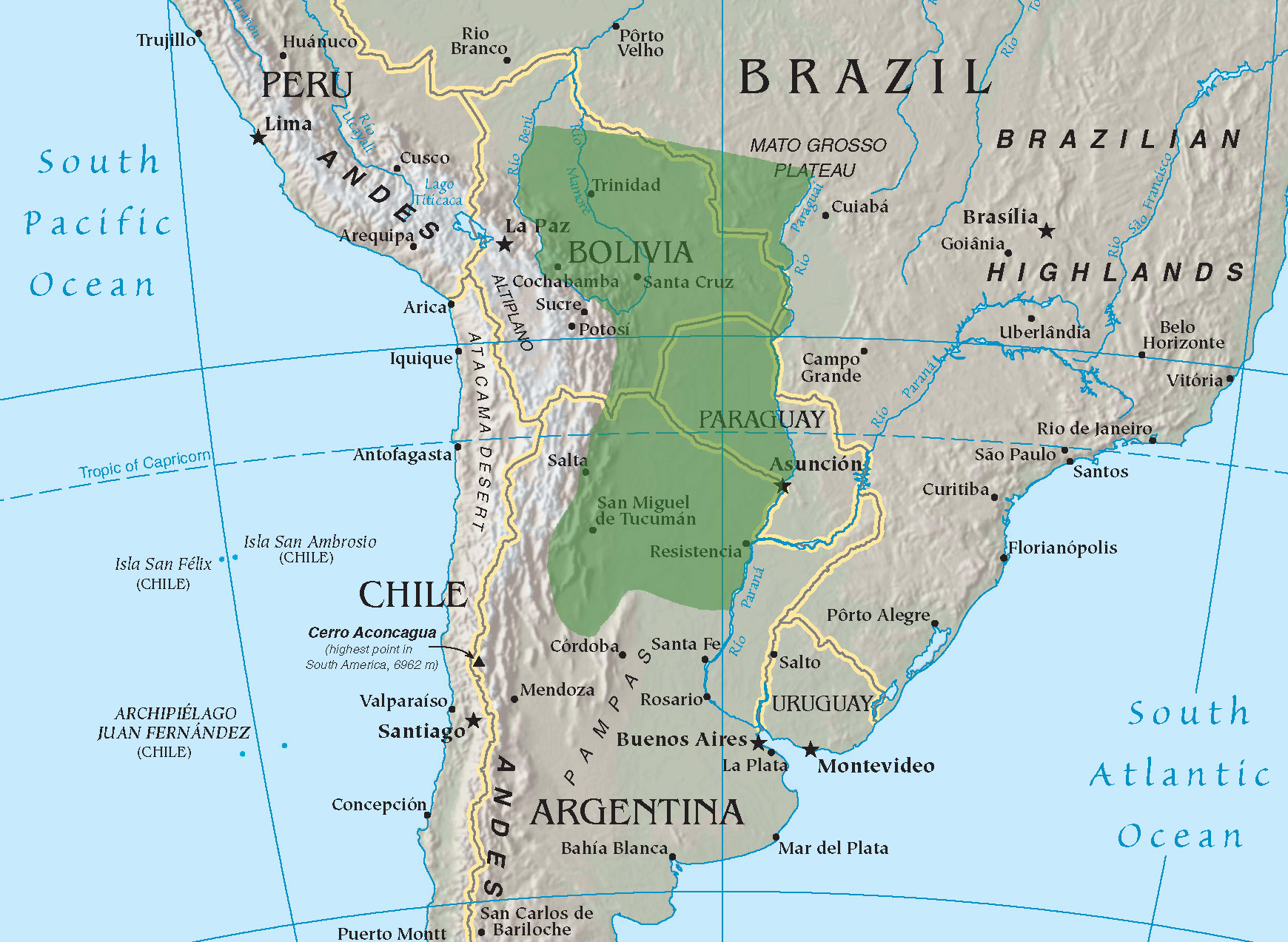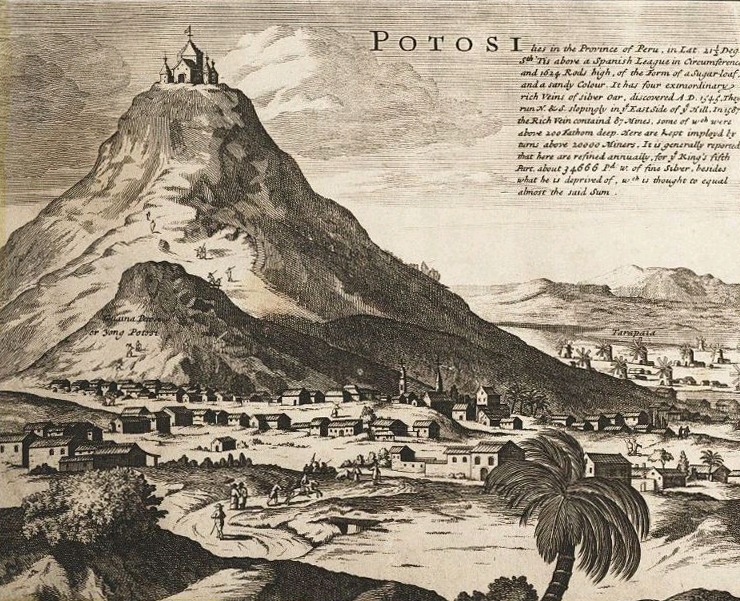|
Formosa Province
Formosa Province () is a province in northeastern Argentina, part of the Gran Chaco Region. Formosa's northeast end touches Asunción, Paraguay, and the province borders the provinces of Chaco and Salta to its south and west, respectively. The capital is Formosa. Source of the provincial name The name of the city (and the province) comes from the archaic Spanish word ''fermosa'' (currently ''hermosa'') meaning "beautiful". The name ''Vuelta Fermosa'' or ''Vuelta la Formosa'' was used by Spanish sailors in the 16th century to describe the area where the Paraguay River makes a turn, right in front of the actual city. These sailors were searching for the legendary Sierra del Plata. History Native inhabitants of these lands include the Pilagás, Wichis and Tobas, whose languages are still spoken in the province. Sebastian Cabot and Diego García de Moguer first explored the area at the beginning of the 16th century trying to find a route from Viceroyalty of Peru to Asun ... [...More Info...] [...Related Items...] OR: [Wikipedia] [Google] [Baidu] |
Provinces Of Argentina
Argentina is subdivided into twenty-three federated states called provinces ( es, provincias, singular ''provincia'') and one called the autonomous city (''ciudad autónoma'') of Buenos Aires, which is the federal capital of the republic ( es, Capital Federal, links=no) as decided by the Argentine Congress. The provinces and the capital have their own constitutions, and exist under a federal system. History During the War of Independence the main cities and their surrounding countrysides became provinces though the intervention of their ''cabildos''. The Anarchy of the Year XX completed this process, shaping the original thirteen provinces. Jujuy seceded from Salta in 1834, and the thirteen provinces became fourteen. After seceding for a decade, Buenos Aires Province accepted the 1853 Constitution of Argentina in 1861, and its capital city was made a federal territory in 1880. A law from 1862 designated as national territories those under federal control but outside ... [...More Info...] [...Related Items...] OR: [Wikipedia] [Google] [Baidu] |
Time In Argentina
Argentina is located at a longitude that would naturally put it in the UTC−04:00 or UTC−05:00 time zone; however, it actually uses the UTC−03:00 time zone. Argentina determines whether to observe daylight saving time on a year-by-year basis, and individual provinces may opt out of the federal decision. At present, Argentina does not observe daylight saving time. The Argentine Hydrographic Service maintains the official national time. History The first official standardization took place on 31 October 1894. The official time switched between UTC−04:00 and UTC−03:00 from 1920 to 1969, and then between UTC−03:00 and UTC−02:00 from 1974 to 1993. Historically, some or all of Argentina has observed daylight saving time in summer 1989–1990 to summer 1992–1993 and again in 2007−2009. On 7 March 1993, it was fixed at UTC−03:00, called Argentina Time (ART) IANA time zone database In the file zone.tab of the IANA time zone database The tz database is a co ... [...More Info...] [...Related Items...] OR: [Wikipedia] [Google] [Baidu] |
Toba People
The Toba people, also known as the Qom people, are one of the largest indigenous groups in Argentina who historically inhabited the region known today as the Pampas of the Central Chaco. During the 16th century, the Qom inhabited a large part of what is today northern Argentina, in the current provinces of Salta, Chaco, Santiago del Estero, Formosa and the province of Gran Chaco in the southeast of the Department of Tarija in Bolivia (which the Qom have inhabited since the 20th century). Currently, many Toba, due to persecution in their rural ancestral regions, live in the suburbs of San Ramón de la Nueva Orán, Salta, Tartagal, Resistencia, Charata, Formosa, Rosario and Santa Fe and in Greater Buenos Aires. Nearly 130,000 people currently identify themselves as Toba or Qom. With more than 120,000 Qom living in Argentina, the Qom community is one of the largest indigenous communities in the country. Like most indigenous groups in South America, the Qom have a long history ... [...More Info...] [...Related Items...] OR: [Wikipedia] [Google] [Baidu] |
Luis Jorge Fontana
Luis Jorge Fontana (born April 19, 1846 in Buenos Aires, Argentina; died October 18, 1920 in San Juan, Argentina) was an Argentine military officer, explorer, geographer, writer, and politician. He was the first governor of the national territory of Chubut (now Chubut Province) and founder of the city of Formosa. Fontana was born in Buenos Aires on April 19, 1846. His father was an official in the government of Juan Manuel de Rosas. When Fontana was young, his family moved to Carmen de Patagones. At age thirteen, Fontana entered the Military Command of Río Negro as a trainee; he later fought in the Paraguayan War. After the war ended, he lived for a time in Buenos Aires, where he studied natural sciences, astronomy, and physics under Hermann Burmeister. He then returned to the army, and he was deployed on border expeditions exploring the Gran Chaco. During one expedition, he lost his left arm in a violent encounter with an indigenous group in the region. In 1879, Fontana f ... [...More Info...] [...Related Items...] OR: [Wikipedia] [Google] [Baidu] |
Sierra Del Plata
The Sierra de la Plata ("Mountain of Silver") was a mythical source of silver in the interior of South America. The legend began in the early 16th century when castaways from the Juan Díaz de Solís expedition heard indigenous stories of a mountain of silver in an inland region ruled by the so-called White King. The first European to lead an expedition in search of it was the castaway Aleixo Garcia, who crossed nearly the entire continent to reach the Andean altiplano. On his way back to the coast, Garcia died in an ambush by indigenous people in Paraguay, but survivors brought precious metals back to corroborate their story. The legend inspired other expeditions, all of which ended in failure. However, numerous expeditions allowed Spanish Conquistadors to deeply explore the South America portion south of Brazil. The outposts founded during the expeditions gradually evolved into Buenos Aires and Asunción, the lands colonized by the Spanish became Viceroyalty of the Río de la P ... [...More Info...] [...Related Items...] OR: [Wikipedia] [Google] [Baidu] |
Paraguay River
The Paraguay River (Río Paraguay in Spanish, Rio Paraguai in Portuguese, Ysyry Paraguái in Guarani) is a major river in south-central South America, running through Brazil, Bolivia, Paraguay and Argentina. It flows about from its headwaters in the Brazilian state of Mato Grosso to its confluence with the Paraná River north of Corrientes and Resistencia. Course The Paraguay's source is south of Diamantino in the Mato Grosso state of Brazil. It follows a generally southwesterly course, passing through the Brazilian city of Cáceres. It then turns in a generally southward direction, flowing through the Pantanal wetlands, the city of Corumbá, then running close to the Brazil-Bolivia border for a short distance in the Brazilian states of Mato Grosso and Mato Grosso do Sul. From the city of Puerto Bahia Negra, Paraguay, the river forms the border between Paraguay and Brazil, flowing almost due south before the confluence with the Apa River. The Paraguay makes a long, ... [...More Info...] [...Related Items...] OR: [Wikipedia] [Google] [Baidu] |
Spanish Language
Spanish ( or , Castilian) is a Romance language of the Indo-European language family that evolved from colloquial Latin spoken on the Iberian peninsula. Today, it is a global language with more than 500 million native speakers, mainly in the Americas and Spain. Spanish is the official language of 20 countries. It is the world's second-most spoken native language after Mandarin Chinese; the world's fourth-most spoken language overall after English, Mandarin Chinese, and Hindustani (Hindi-Urdu); and the world's most widely spoken Romance language. The largest population of native speakers is in Mexico. Spanish is part of the Ibero-Romance group of languages, which evolved from several dialects of Vulgar Latin in Iberia after the collapse of the Western Roman Empire in the 5th century. The oldest Latin texts with traces of Spanish come from mid-northern Iberia in the 9th century, and the first systematic written use of the language happened in Toledo, a prominent city of ... [...More Info...] [...Related Items...] OR: [Wikipedia] [Google] [Baidu] |
Salta Province
Salta () is a province of Argentina, located in the northwest of the country. Neighboring provinces are from the east clockwise Formosa, Chaco, Santiago del Estero, Tucumán and Catamarca. It also surrounds Jujuy. To the north it borders Bolivia and Paraguay and to the west lies Chile. History Before the Spanish conquest, numerous native peoples (now called Diaguitas and Calchaquíes) lived in the valleys of what is now Salta Province; they formed many different tribes, the Quilmes and Humahuacas among them, which all shared the Cacán language. The Atacamas lived in the Puna, and the Wichís (Matacos), in the Chaco region. The first conquistador to venture into the area was Diego de Almagro in 1535; he was followed by Diego de Rojas. Hernando de Lerma founded San Felipe de Lerma in 1582, following orders of the viceroy Francisco de Toledo, Count of Oropesa; the name of the city was soon changed to "San Felipe de Salta". By 1650, the city had around five hundred inha ... [...More Info...] [...Related Items...] OR: [Wikipedia] [Google] [Baidu] |
Chaco Province
Chaco (; Wichi: ''To-kós-wet''), officially the Province of Chaco ( es, provincia del Chaco ), is one of the 23 provinces in Argentina. Its capital and largest city, is Resistencia. It is located in the north-east of the country. It is bordered by Salta and Santiago del Estero to the west, Formosa to the north, Corrientes to the east, and Santa Fe to the south. It also has an international border with the Paraguayan Department of Ñeembucú. With an area of , and a population of 1,055,259 as of 2010, it is the twelfth most extensive, and the ninth most populated, of the twenty-three Argentine provinces. In 2010, Chaco became the second province in Argentina to adopt more than one official language. These languages are the Kom, Moqoit and Wichí languages, spoken by the Toba, Mocovi and Wichí peoples respectively. Chaco has historically been among Argentina's poorest regions, and currently ranks last both by per capita GDP and on the Human Development Index. Etymo ... [...More Info...] [...Related Items...] OR: [Wikipedia] [Google] [Baidu] |






